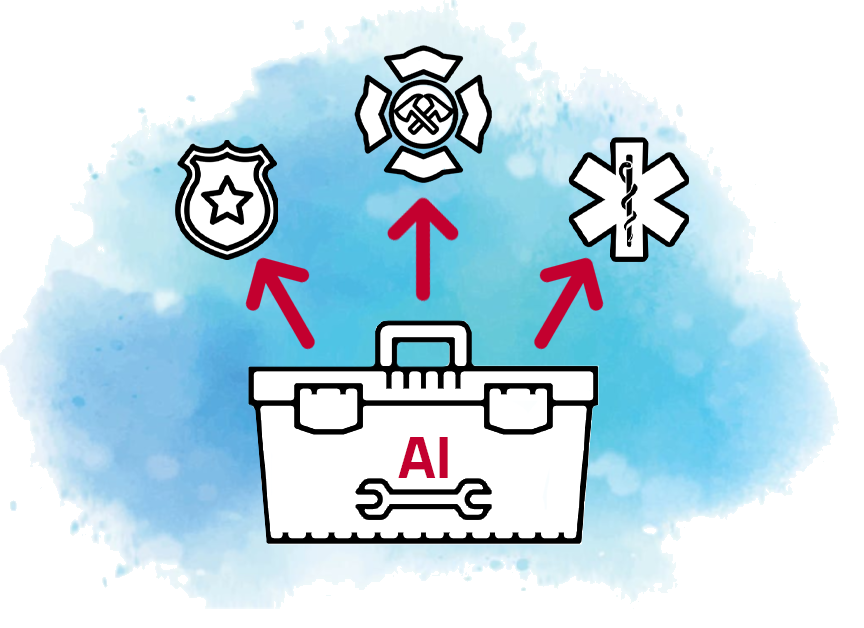
So, you ask, how are Artificial Intelligence, Chat GPT, and similar solutions impacting marketing to the public safety industry? Let’s take a look at the pros, cons and how to harness the power of AI in a way that won’t alienate the skeptical and discerning audience of public safety professionals.
With its ability to process massive data sets and to generate readable text and useful leads from that information, artificial intelligence (AI) enabled online platforms can be a game-changing tool for public safety marketers. At the same time, the quality of information generated by an AI-enabled platform (output) is as good as the information used to create it (input).
Computer programmers have an acronym that encapsulates this truth: GIGO. It stands for “Garbage In, Garbage Out”.
For example, if you ask theChatGTP AI-enabled writing platform, “What products does an ambulance driver need?”, the platform will provide you with a detailed answer to that question. The flaw here is that EMS professionals never refer to themselves as ambulance drivers, so creating marketing around this term is bound to fall flat. In other words, GIGO.
Besides avoiding instances of GIGO, public safety marketers should never rely on AI to do their thinking for them. When it comes to sales and marketing, humans must remain in charge of the process. Think of AI as the humans’ super-capable assistant — processing huge amounts of data, sifting through sales leads to uncover the best prospects (based on human-defined criteria), and producing the first drafts of advertising, marketing and sales materials to be checked and fine-tuned by humans.
AI Tools for Marketing to Public Safety
Let’s take a look at some of the popular AI tools that marketers can use right now.
One of these platforms isJasper, which prides itself as being able to generate “On-brand AI content wherever you create.” I think of Jasper as being a go-to writing assistant. It can help you create blog posts, emails, marketing and ad copy, meta titles and descriptions–all kinds of content that can speed up your creation process while ensuring solid SEO from whatever you post.
Then there’sMarketMuse. Faced with Google’s use of AI over keywords and backlinks to shape its recommendations for Google searches, MarketMuse employs AI to help marketers grab Google’s attention. It’s the 2023 online sales equivalent of bringing a gun to a gunfight, rather than a knife.
Meanwhile, if you’re faced with generating multiple versions of the same ad,Ad Copy can help. Its pitch: “Let AI Create Ads That Get More Sales, Stay Compliant & Cost Less than $0.10 Each.” The fact that this AI navigates the rules and regulations governing online advertising for you, and can also translate your ads into multiple languages for a very low price, makes this AI-enabled platform worth checking out. But again, be sure to have humans verify the accuracy and social applicability of the translated copy. Otherwise, your copy could be added to the annals ofadvertising translation fails.
Used the right way, AI can help create better, faster content. Analyze campaigns and use that data to make these campaigns more effective. And take all this information to help humans make better strategic decisions going forward.
Special Risks with the Public Safety Audience
The decision to use AI in marketing to public safety comes with risks. These risks are not insurmountable, but they do need to be kept in mind.
For instance, the unauthorized use of copyrighted material is illegal and subject to litigation. If a copywriting AI platform happens to source copyrighted material in its online search for content and then use it in creating copy, this could put any humans who use this content at risk. The same is true for AI-collected content that is untrue, libelous, plagiaristic, or subject to any form of legal prohibition that the AI has not been programmed to be aware of. (Remember: GIGO.)
In the same vein, putting your company’s intellectual content into an online AI engine may put it at risk of unintentional theft by other site users — while using the site might mean signing away your rights to this protection without you being aware of doing so. (Tip: read the fine print.)
To offset these risks, educate your content creators before setting them loose with AI. Your team must also review the content being generated by AI before posting or sending it to prospects or customers.
A simple check: Paste the content into Google and see if any of it turns up on someone else’s web page. A second safety measure: Google any facts and figures that the AI cites to verify that they are both genuine and from trustworthy sources.
Speaking of trust, never forget that everything you post has the potential to damage your company’s reputation and trust with customers if it is wrong and/or misleading. They won’t give you a break just because “the AI screwed up.”
Why Humans Must Lead the Charge
Finally, AI-generated content is no substitute for the human interactions and relationships that underlie successful public safety sales and marketing. AI can play a role in these processes, but it should never dominate the human side of sales.
At RedFlash, we see AI as a tool that can help make us, and our customers, more efficient and effective. But here are some of the types of content that are currently beyond the scope of AI in most instances.
- Case studies. This involves interviewing your customers and creating something new.
- Testimonials. Similarly, the best endorsements and testimonials will come fresh from your customer and aren’t scrapable online.
- White papers/Ebooks. AI can be fantastic at gathering published data, statistics and ideas. But a human on your team (or an outside expert you hire) likely will need to provide insights and analysis on the impact and intersection with public safety.
Related Posts
-
Trust is inherent in the public safety sector. The general public trusts that first responders…
-
It’s easy in tough economies to want to bypass strategy and go straight to tactics.…
-
We’ve all been there. You work for months on a marketing campaign, only to deploy…


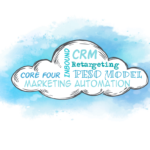

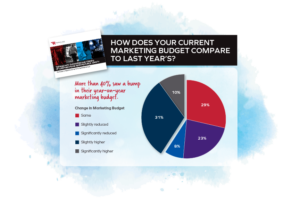
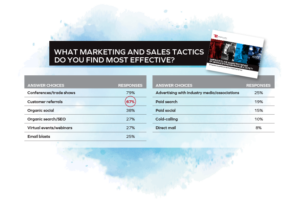
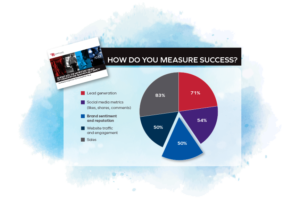


 The RedFlash Group is a GSA Contract Holder under Schedule 541, Advertising and Integrated Marketing Solutions
The RedFlash Group is a GSA Contract Holder under Schedule 541, Advertising and Integrated Marketing Solutions